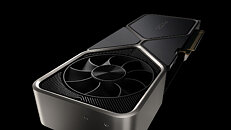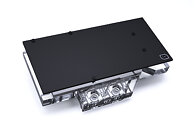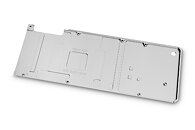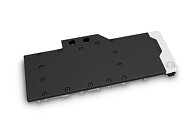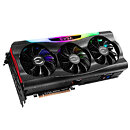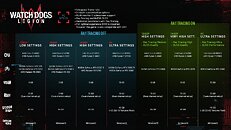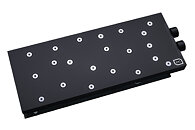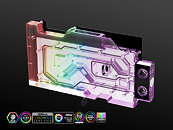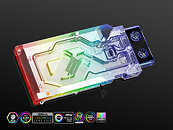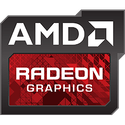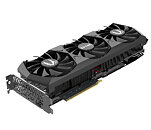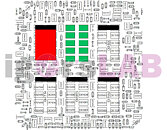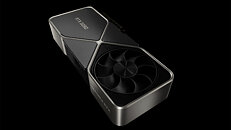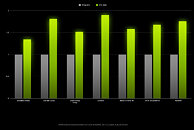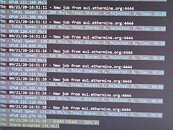
NVIDIA Readies New GeForce RTX 30-series SKU Positioned Between RTX 3070 and RTX 3080
Possibly unsure of the GeForce RTX 3070 tackling AMD's Radeon RX 6000 series parts, NVIDIA is designing a new RTX 30-series SKU positioned between the RTX 3070 and RTX 3080. This is not a 16 GB variant of the RTX 3070, but rather a new SKU based on the 8 nm "GA102" silicon, according to a reliable source with NVIDIA leaks, kopite7kimi. The SKU is based on the GA102 with the ASIC code "GA102-150-KD-A1." The silicon is configured with 7,424 CUDA cores across 58 streaming multiprocessors (29 TPCs), 232 tensor cores, 232 TMUs, 58 RT cores, and an unknown number of ROPs. According to kopite7kimi, the card is configured with a 320-bit wide memory interface, although it's not known if this is conventional GDDR6, like the RTX 3070 has, or faster GDDR6X, like that on the RTX 3080.
NVIDIA recently "cancelled" a future 16 GB variant of the RTX 3070, and 20 GB variant of the RTX 3080, which is possibly the company calibrating its response to the Radeon RX 6000 series. We theorize that doubling in memory amounts may not have hit the desired cost-performance targets; and the company probably believes the competitive outlook of the RTX 3080 10 GB is secure. This explains the need for a SKU with performance halfway between that of the RTX 3070 and RTX 3080. As for pricing, with the RTX 3070 positioned at $500 and the RTX 3080 at $700, the new SKU could be priced somewhere in between. AMD's RDNA2-based Radeon RX 6000 series GPUs are expected to feature DirectX 12 Ultimate logo compliance, meaning that there is a level playing ground between AMD and NVIDIA in the performance segment.
NVIDIA recently "cancelled" a future 16 GB variant of the RTX 3070, and 20 GB variant of the RTX 3080, which is possibly the company calibrating its response to the Radeon RX 6000 series. We theorize that doubling in memory amounts may not have hit the desired cost-performance targets; and the company probably believes the competitive outlook of the RTX 3080 10 GB is secure. This explains the need for a SKU with performance halfway between that of the RTX 3070 and RTX 3080. As for pricing, with the RTX 3070 positioned at $500 and the RTX 3080 at $700, the new SKU could be priced somewhere in between. AMD's RDNA2-based Radeon RX 6000 series GPUs are expected to feature DirectX 12 Ultimate logo compliance, meaning that there is a level playing ground between AMD and NVIDIA in the performance segment.
